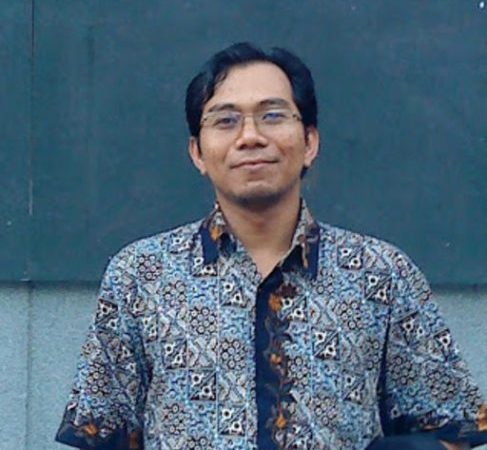Buddi Wibowo : Determinants of Capital Market Integration: The Case of ASEAN and Implications to China
This research has four objectives to test whether there are differences in the level of integration in five Association of Southeast Asian Nations (ASEAN) equity markets on the basis of the argument of time-varying world market integration, as proposed by Bekaert and Harvey (J Fin 50: 403–444, 1995),
Examine the influence of the level of intra-industry competition on the degree of integration in five ASEAN equity markets, with reference to the similarity of the industrial structure from Roll (J Fin 47(1): 3–41, 1992) and strategic industry risk from Ruefli (Ordinal time-series analysis: methodolgy and applications in management strategy and policy. Quorum Books Inc., London, pp. 33–47 and 154–155, 1990)
Examine how the intensity of global investors’ roles influences the level of integration based on international capital mobility from Marston (International financial integration: a study of interest differentials between the major industrial countries. Cambridge University Press, Cambridge, pp. 8–9 and 75–76, 1995) and the role of global investors from the study of Bekaert and Harvey (J Fin 55: 565–613, 2000); (4) provide an explanation of the implications of capital market integration in the ASEAN before and after ASEAN China Free Trade Area (ACFTA).
The first finding in this study is the difference in the level of integration between the country and industry levels. The findings at the country level indicate a difference in the international diversification benefits that can be obtained by global investors. Furthermore, when dynamic conditional correlation (DCC) was used, differences in country-level integration were also discovered.
The second finding is that the level of intra-industry competition was shown to affect the level of capital market integration in Singapore and Thailand. This indicates that global investors, in determining international diversification strategies, need to consider competition between firms within an industry.
The third finding is that the intensity of the role of global investors was not very effective at raising the level of integration in ASEAN. When using the proxy of net foreign fund flow (NFFF), we established that Malaysia and Indonesia have significant levels of NFFF in any degree of capital market integration. However, according to previous studies, they both display different characteristics.
From the proxy of Foreign Ownership Restriction (FOR), we established that several countries possess significant levels of FOR, except Singapore. Therefore, we concluded that, through this proxy, the intensity of the role of global investors also affects the degree of capital market integration. This implies that most countries, with regards to regulators, will be more protective of their domestic investors, especially Malaysia.
The fourth finding is that, with respect to patterns of capital market integration in ASEAN, there were no changes in the international diversification benefits before and after ACFTA. As observed from the Sharpe ratio for industry sectors in ASEAN in local and USD currencies, basic materials and industrial goods have been ranked 1st and 2nd, respectively.
This implies that, from the perspectives of global investors, both sectors provide the largest benefits of international diversification. Moreover, both refer to the use of the lower entropy context in Singapore. Consequently, the 4th finding confirms the 2nd finding above in that, global investors could make a significant amount of industrial diversifications in Singapore.

